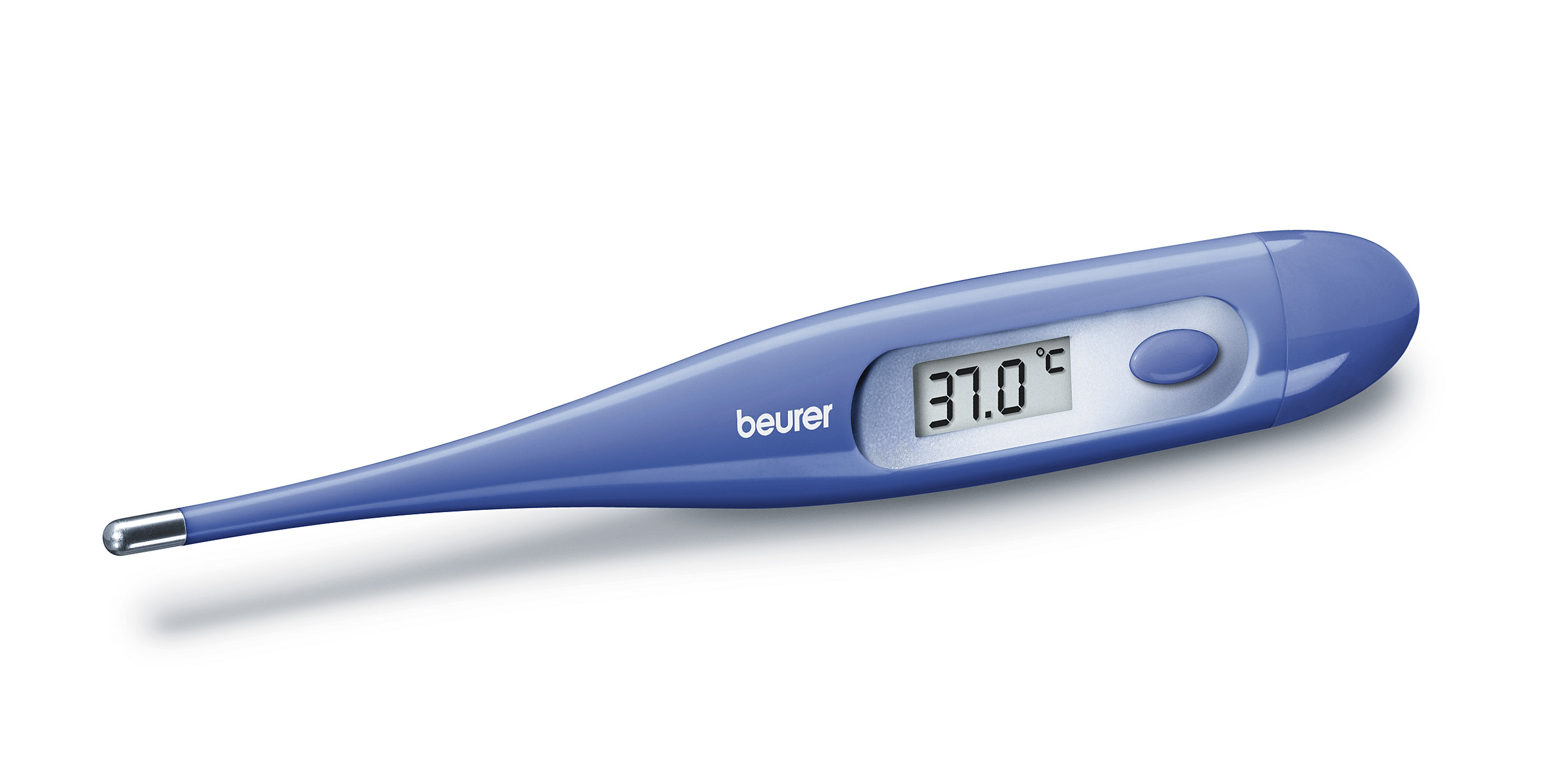LET’S TALK ABOUT FEVER.
First of all, know that FEVER is the body’s FIRST LINE OF DEFENSE. It is a POSITIVE response to invading infection. If your immune system is strong then as the first responder, FEVER will BURN out what tries to get in. The body knows that a higher temperature is an inhospitable environment for bacteria and viruses. They cannot live and they cannot reproduce above normal body temperature. Also, the rise in body temperature signals white blood cell production; white blood cells fight off infection. OF COURSE, a fever is to be watched and cared for, and something to be fully informed about.
I found the following Fever: Myths Versus Facts information on the Johns Hopkins All Childrens Hospital website: https://www.allkids.org/home . I wish I had written it myself but when I saw it, I thought, clearly, I do not have to try to write it better. So I am copying and crediting it for your easy access and use.
Misconceptions about fever are commonplace. Many parents needlessly worry and lose sleep when their child has a fever. Overall, fevers are harmless. Let the following facts help you put fever into perspective:
 MYTH: My child feels warm, so she has a fever.
MYTH: My child feels warm, so she has a fever.
FACT: Children can feel warm for a many reasons such as playing hard, crying, getting out of a warm bed or being outside on a hot day. They are “giving off heat”. Their skin temperature should return to normal in 10 to 20 minutes. Once these causes are excluded, about 80% of children who feel warm and act sick actually have a fever. If you want to be sure, take their temperature. The following are the cutoffs for fever using different types of thermometers:
Rectal, ear or temporal artery thermometers: 100.4° or higher
Oral or pacifier thermometers: 100° or higher
Under the arm (Axillary or Armpit) temperatures: 99° or higher
MYTH: All fevers are bad for children.
FACT: Fevers turn on the body’s immune system and help the body fight infection. Fevers are one of the body’s protective mechanisms. Normal fevers between 100° and 104° are actually good for sick children.
MYTH: Fevers above 104° are dangerous and can cause brain damage.
FACT: Fevers with infections don’t cause brain damage. Only body temperatures above 108° can cause brain damage. The body temperature climbs this high only with extreme environmental temperatures (for example, if a child is confined to a closed car in hot weather).
MYTH: Anyone can have a febrile seizure (seizure triggered by fever).
FACT: Only 4% of children can have a febrile seizure.
MYTH: Febrile seizures are harmful.
FACT: Febrile seizures are scary to watch, but they usually stop within 5 minutes. They cause no permanent harm. Children who have had febrile seizures do not have a greater risk for developmental delays, learning disabilities, or seizures without fever.
MYTH: All fevers need to be treated with fever medicine.
FACT: Fevers only need to be treated if they cause discomfort. Usually fevers don’t cause any discomfort until they go above 102° or 103°.
 MYTH: Without treatment, fevers will keep going higher.
MYTH: Without treatment, fevers will keep going higher.
FACT: Wrong. Because the brain has a thermostat, fevers from infection usually don’t go above 103° or 104°. They rarely go to 105° or 106°. While the latter are “high” fevers, they are harmless ones.
MYTH: With treatment, fevers should come down to normal.
FACT: With treatment, fevers usually come down 2° or 3°.
MYTH: If the fever doesn’t come down (if you can’t “break the fever”), the cause is serious.
FACT: Fevers that don’t respond to fever medicine can be caused by viruses or bacteria. It doesn’t relate to the seriousness of the infection.
MYTH: Once the fever comes down with medicines, it should stay down.
FACT: The fever will normally last for 2 or 3 days with most viral infections. Therefore, when the fever medicine wears off, the fever will return and need to be treated again. The fever will go away and not return once your child’s body overpowers the virus (usually by the fourth day).
MYTH: If the fever is high, the cause is serious.
FACT: If the fever is high, the cause may or may not be serious. If your child looks very sick, the cause is more likely to be serious.
MYTH: The exact number of the temperature is very important.
FACT: How your child looks is what’s important, not the exact temperature.
MYTH: Oral temperatures between 98.7° and 100° are low-grade fevers.
FACT: These temperatures are normal variations. The body’s temperature normally changes throughout the day. It peaks in the late afternoon and evening. An actual low-grade fever is 100° to 102°.
SUMMARY: Remember that fever is fighting off your child’s infection. Fever is one of the good guys.
[Author and Senior Reviewer: Barton D. Schmitt, M.D.]
